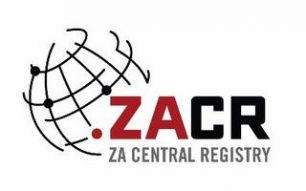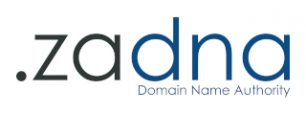How to lodge a take-down
Please lodge your take-down notice by clicking here.
Please use this form to lodge your take down with ISPA. If, for some strange reason, you are unable to use the web form, you can also email a take-down request to takedown (at) ispa.org.za (but the web form is likely to give you a faster response, since we won’t need to recapture your request). If you need telephonic support, you are welcome to contact the ISPA Secretariat (010 500 1200 or 087 550 1200), but please bear in mind that we won’t be able to accept a telephonic take-down, after talking to us, you will still need to lodge a written take-down notice.
Key points about the take-down notice process
- We will only be able to help you if the content you want removed is hosted by an ISPA member. If the content is hosted in another country, we will not be able to help you.
- We cannot help you remove posts made on social media platforms unless those are hosted by an ISPA member. Specific examples are messages posted on Twitter and Facebook — unfortunately we can’t help with those.
- Information that has been removed from a website might still show up in search engines. We can’t assist you in removing any links to or copies of the content from search engines (unless the search engine is hosted by an ISPA member). You will need to contact the search engine operator directly for assistance.
- The take-down process is set out in the Electronic Communications and Transactions Act (No. 25 of 2002), and that requires you to provide certain personal information for the take-down notice to be valid.
- The process is designed to be used for unlawful content. Please don’t use it unless the content you are asking to be removed is, in fact, unlawful. According to the Act, if you lodge a wrongful take-down, then the person you are targeting can hold you liable for any damages which result from your actions.
What information do you need to provide?
There are a number of specific requirements for a take-down notification set out in the legislation. If your notification does not include all of this information, ISPA will not be able to process it. Your take-down request must include the following:
- Your full name
- Your address
- Your telephone number
- Your email address (if you have one)
- The name of the service provider against whom you are making the complaint
- A clear and unambiguous identification of the unlawful material or activity (for example, the URL of web page on which the material appears with optional screenshot)
- A description of the right that you believe has been infringed by the material or activity concerned (for example, “my right to privacy is being infringed by the publication of my credit card number”)
- The remedial action you wish the service provider to take (for example, “the credit card number should be removed”)
- A statement that the information in your complaint is, to your knowledge, true and correct and that you are acting in good faith.
- Your signature (either written or electronic)
The simplest way to get this right is to use this form. However, some people (especially lawyers for some reason) prefer email. Here is an example of a take-down notification which contains all of the required information:
| Dear ISPA,
I have discovered that my personal contact information, identification details, and credit card number is publicly listed on a website hosted by an ISPA member. The ISPA member is [Member Name] and the location of my personal information and banking details is [URL, optional screenshot included]. I believe that the content located on this site infringes on my right to privacy, and request that access to the file immediately be blocked. My contact details are as follows: – John Smith The information contained in this take-down request is, to the best of my knowledge, true and correct and I am acting in good faith. Regards, [Digital signature attached] |
What happens next?
Upon receipt of your take-down request, ISPA will confirm that all of the required information is included. We will also check that the content you are referring to is hosted on the network of one of our members, and that the remedial action you have requested is feasible. If, for some reason, your request fails one of these tests, you will be notified of the reason. If the requests passes these tests, it will be forwarded on to the service provider in question, and you will receive a reply acknowledging receipt of your take-down request.
You should get a response from ISPA within three working days. Should you not receieve some form of response to your notification within three working days, please contact complaints (at) ispa.org.za or call ISPA at one the phone numbers listed above.
Once a service provider has responded to the notification, either by removing the content concerned, or by refusing to remove the content for some reason, you will receive a further notification from ISPA. (You may also receive correspondence directly from the service provider concerned.) Should you not receive this further notification within seven days of your original complaint, please contact complaints (at) ispa.org.dot.za or call ISPA at one of the phone numbers listed above.
Does the member have to remove the content?
The ISPA member hosting the content is not obliged to remove the content identified in your request. Typically, a hosting company will review the content against its terms of service and/or acceptable use policy and remove content in clear violation. In cases where the content is not in clear violation, a member may still choose to remove content that is the subject of a valid take-down notice, in order to gain the limitations on liability for that content provided by the Electronic Communications and Transactions Act.
However, a member is entitled to refuse a take-down if they have some reason to do so. If that happens, you are unfortunately out of luck in using this process, and you should probably speak to an attorney about pursuing formal legal action. The good news is that this happens only very rarely. (See the statistics page.) In approximately 95% of all cases, lodging a valid take-down notice results in the removal of that content.






